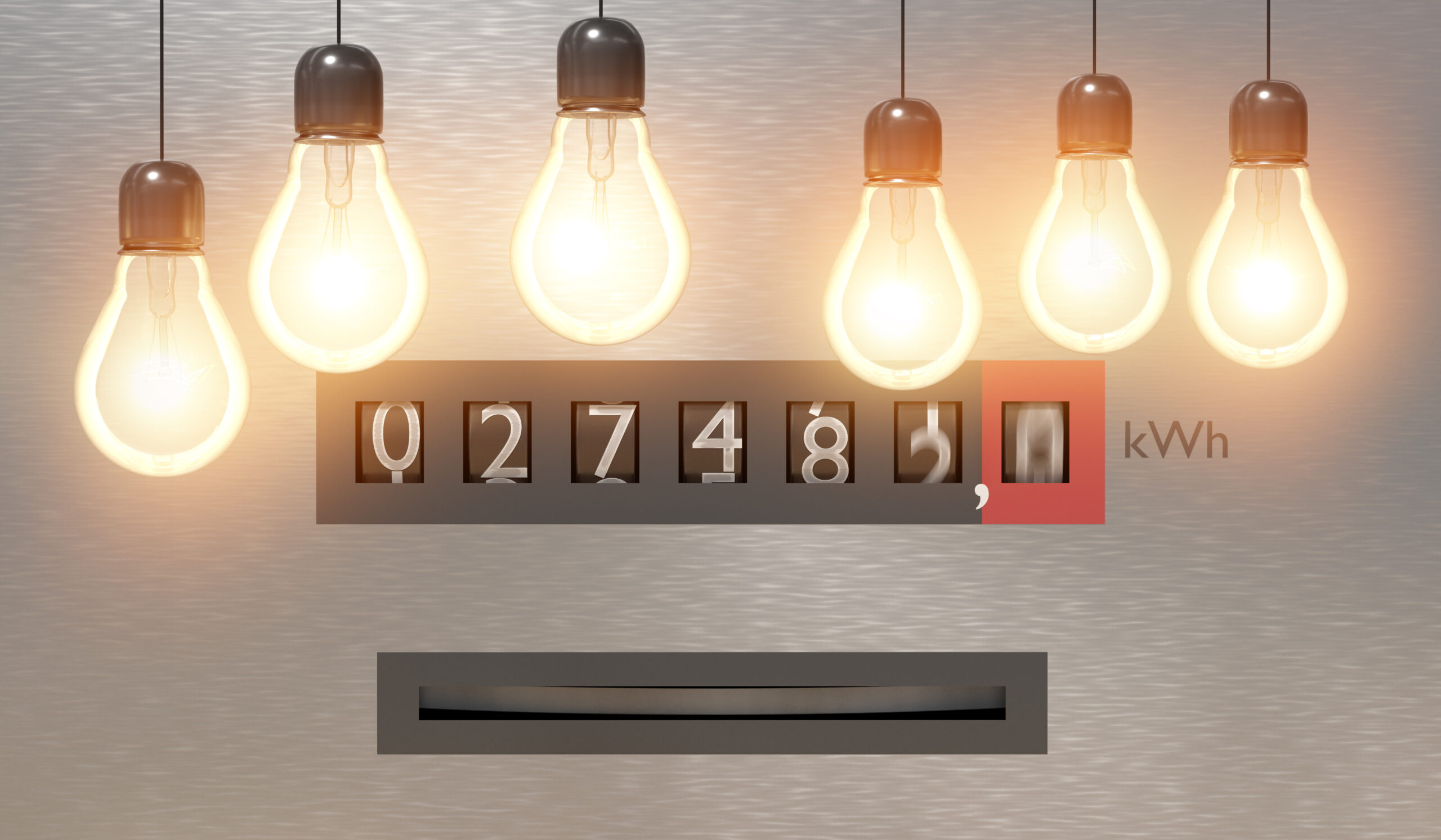Spoiler: Yes, it is. Bonus: Read along to learn about the ins and outs of the Australian energy market and master the right way to do it.
Deregulation of the energy market, dating back to 2002, has revolutionised how Aussies shop for electricity and gas.
The Dawn of a Customer-centric Market
Historically, the entire energy sector in Australia was government-owned, with only standard default offers available to consumers.
Victoria and New South Wales were the first states to go private. Big retailers like Energy Australia, AGL, and Origin marked the start of a contestable market there. SA, QLD, and ACT joined shortly after, transitioning to a deregulated energy market. Allowing even more retailers to enter the market.
The deregulation generated tax revenue for the state. This meant that the money spent on infrastructure and schooling increased. It also created additional jobs and gave the economy a boost.
Australia is now making $374 million in economic value for every unit of energy it uses. That’s a more than $83 million boost from ten years ago!
Source: Annual Retail Market Report
Previously, consumers had to stick to a standard offer from a single retailer. Deregulation meant that they were free to compare electricity plans and choose. It gave the consumer the power of choice.
Source: https://www.abc.net.au/
Customer Protection in a Deregulated Market:
Deregulation, besides bringing advantages, paved the way for retailers to choose what prices they would charge individuals. The government outlined a price limit to discourage retailers from overcharging households for their electricity usage.
In 2019, the Australian Government introduced the Default Market Offer (DMO) in Southeast QLD, NSW, and SA. The DMO is the maximum annual energy cost retailers could charge for default energy contracts in each distribution area. Thus, the DMO varies between locations.
Victorians have a similar offer called the Victorian Default Offer (VDO). The VDO establishes a limit and reference price akin to the DMO.
Changes in the Competition Landscape:
The deregulation had a particularly interesting effect on the East Coast of Australia as the market became more contestable. This was because the coast has the most densely populated states, starting from Victoria and going all the way to Queensland. Throughout the market, retailers got into a furious competition to offer the best value and win over customers.
Today, over 25 retailers compete in the Australian energy landscape with different propositions to win over consumers.
Large Tier-1 companies, like AGL, Origin, and Energy Australia, focus on building top-notch and widespread infrastructure to support customer needs.
While retailers like BlueNRG focus on crafting the best deal for business customers.
Some, like Tango Energy, are working on creating fuss-free and simple deals to understand – take a single flat rate, for example.
Simply Energy, backed by ENGIE, provides 100% carbon-neutral options. They also got the MOZO People’s Choice Award for the clearest billing in 2021.
Red Energy and Lumo Energy are subsidiaries of Snowy Hydro Ltd., competing in the energy market. Snowy Hydro Ltd. is one of Australia’s largest renewable energy generators and is fully Australian-owned.
Then we have suppliers like OVO (partially owned by AGL) innovating by designing customised plans for the growing number of Electric Vehicle users. Their EV plan offers subsidized rates as low as 8 cents per kWh for charging your EV after midnight.
These days, many retailers also provide customers the authority to check and monitor their electricity usage via an app. Companies like Power Shop have a user-friendly mobile app to help you track your energy consumption. They let you track your solar power generation as well. Energy Australia, Origin, and others also offer customer apps and monitoring electricity usage options if you have a smart meter.
On the other hand, Energy Locals has designed a completely different business model to stand apart: They offer wholesale rates to customers with complete transparency and charge a membership fee for giving consumers access to the wholesale rates.
With so many retailers and wonderful options, it’s always advisable to shop around and see what best suits you and your needs. Going with a comparison company you trust can be the fastest and most hassle-free way to do this.
There are numerous retailers in the competitive scene now. Some retailers are backed by overseas investment, and some are fully Australian-owned. Consumers are free to choose their preference with plenty of options available for both.
As the environmental concern grows globally many Australians are conscious about their carbon emission. Some prefer to opt for plans where the energy is fully generated by green power such as solar and wind. Many also like the option to go with retailers who invest in green energy projects.
The rising cost of living has pushed many to shop for affordable prices. Some other consumers want value for money and extensive support, such as 24/7 customer service.
Even though many Australians want to switch retailers, finding someone to provide an unbiased perspective is the tricky bit. Many comparison companies work to solve this problem. They work with several retailers and find the right match based on your area and your values.
Our findings show few Australians have not switched or compared their electricity plans for years. As the cost of living rises, utility bills can affect savings. If you are smart with your budget, you may save simply by regularly comparing your utility bill with other market offers.
If saving is one of your goals, your best shot to combat overpaying is to regularly compare your rates with the electricity pricing of other retailers and know where you stand.
You can go to an individual retailer. However, a utility comparison company may be better since they work with a range of options and can recommend the best one for your tariff code.
But how do you find the perfect match?
Picking the Perfect Match:
If you’re looking to switch, start with understanding your top need from an electricity provider. Is it the best price point or incredible customer support? Does ownership influence your decision? Is green power a factor?
Once you have analysed your needs, you are in an excellent position to find a provider who best meets your custom needs.
For individual research, try:
- Compare Energy Vic (VIC); &
- Energy Made Easy (NSW, QLD, & SA).
These government sites provide insight into energy pricing.
Also, make the best use of the free resources available to you. Most utility comparison companies offer rate comparisons and consultations. However, be wary of retailers or comparison companies that promise you better rates without examining your current rates.
If you’ve zeroed in on one option, contact the retailer directly to find their offers in your area. Make sure you understand the terms correctly and check for hidden charges.
If you have shortlisted a few options, you can pick a utility comparison company with those retailers and get a consultation. This will help answer your questions and clear any confusion.
Choosing a good comparison company can feel daunting. Many consumers wonder why so many exist.
The Growing Comparison Industry:
The utility industry (including electricity, telco, gas, internet, and insurance) in Australia is growing at exponential rates. Since there are so many retailers competing, consumers often face difficulty choosing their favourite. The lack of credible sources for an unbiased perspective makes this more difficult.
Just because a retailer is the best for one postcode doesn’t mean it would also provide the best deal in another state or postcode. That makes it essential to shop around to find the best bang for your buck.
The industry is incredibly competitive, and retailers constantly introduce new plans and offers. This is why going to a single retailer may not always be a good option.
The complexity of rates varying with tariff codes and postcodes alongside the numerous offers from each retailer make it difficult to judge which retailer is best for you.
This problem has allowed the utility comparison industry to grow. They work with several retailers to help you choose one for your custom needs, saving time and effort.
If you don’t know where to start, credible comparison companies like Cheap Bills can be a great option to get a free rate comparison and consultation over a quick call. You can sign up here.
You can also leave us a copy of your bill when you sign up, and one of our sales consultants will contact you only if they can beat the rates you’re getting.
Due to users’ convenience, utility comparison companies are becoming popular for standard utilities, including NBN, telco, health insurance, and energy plans.
Picking the Right Comparison Company:
Remember to choose a comparison company with knowledgeable people rather than just a bunch of good salespeople.
We also recommend choosing ones that offer transparency and have a wide range of retailers on their panel. Check for a robust portfolio of Tier 1 and Tier 2 providers that offer different advantages to suit your needs.
Visiting their website could be an excellent way to weed out options and avoid scams. If unsure, you can look for their ABN number on their website. You can then use ABN lookup here to ensure they are a legitimate business in Australia before proceeding.
Bonus Tip: Sometimes, companies offer deals exclusive to third parties only. Some retailers, such as Origin & Dodo Power and Gas, offer great bundle deals. Remember to check with your sales consultant.
How Often to Compare Plans:
The energy industry in Australia is one of the most competitive energy industries in the world. At any given point in time, consumers have hundreds of plans to pick from.
We recommend comparing your energy retailers every 12 months since retailers usually devise their plans for a 12-month benefit period and revise the rates afterwards.
Bonus Tip: When looking for a reasonable price, comparing the daily supply charge can be a starting point, but remember to ensure that ALL the rates are lower. At the least, the total payout should be more affordable based on your usage.
Conclusion:
Yes, choosing the right retailer may not be easy, but it is worth it because any savings are good in this economy. With the freedom of choice, we believe no customer should pay extra for the same energy used.
About the Writer:
Persa is a business graduate with a fervent passion for the economics of things. Previously she has worked for a lifestyle magazine, an MNC, and then a start-up. Now based in Melbourne, she takes an active interest in understanding the economy and the utility industry in Australia. She enjoys her free time reading and making art (preferably while sipping on bubble tea)








